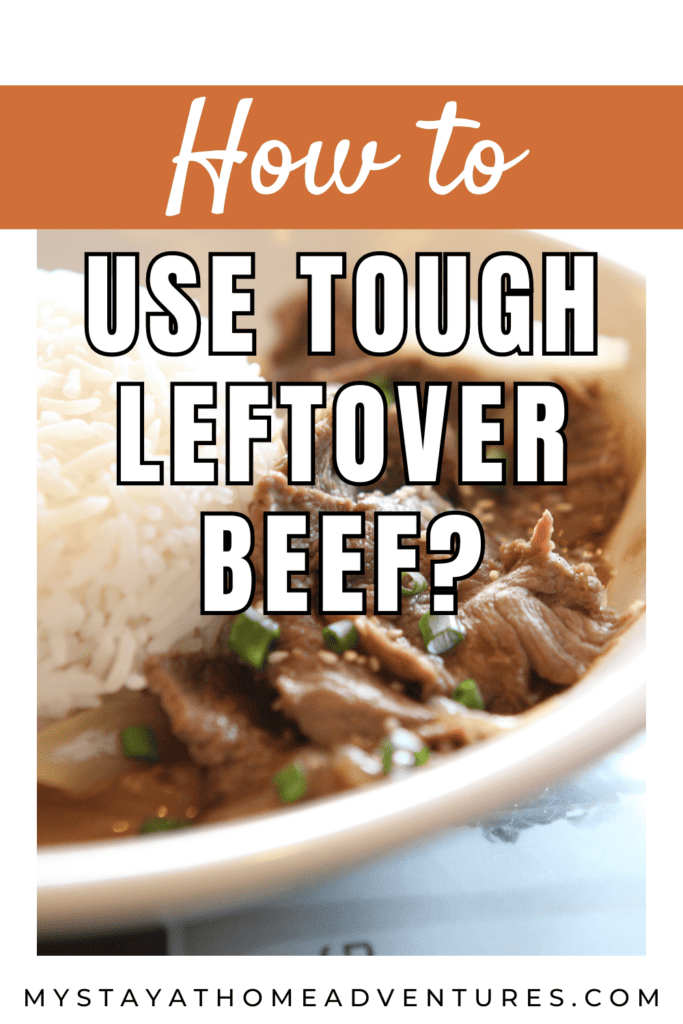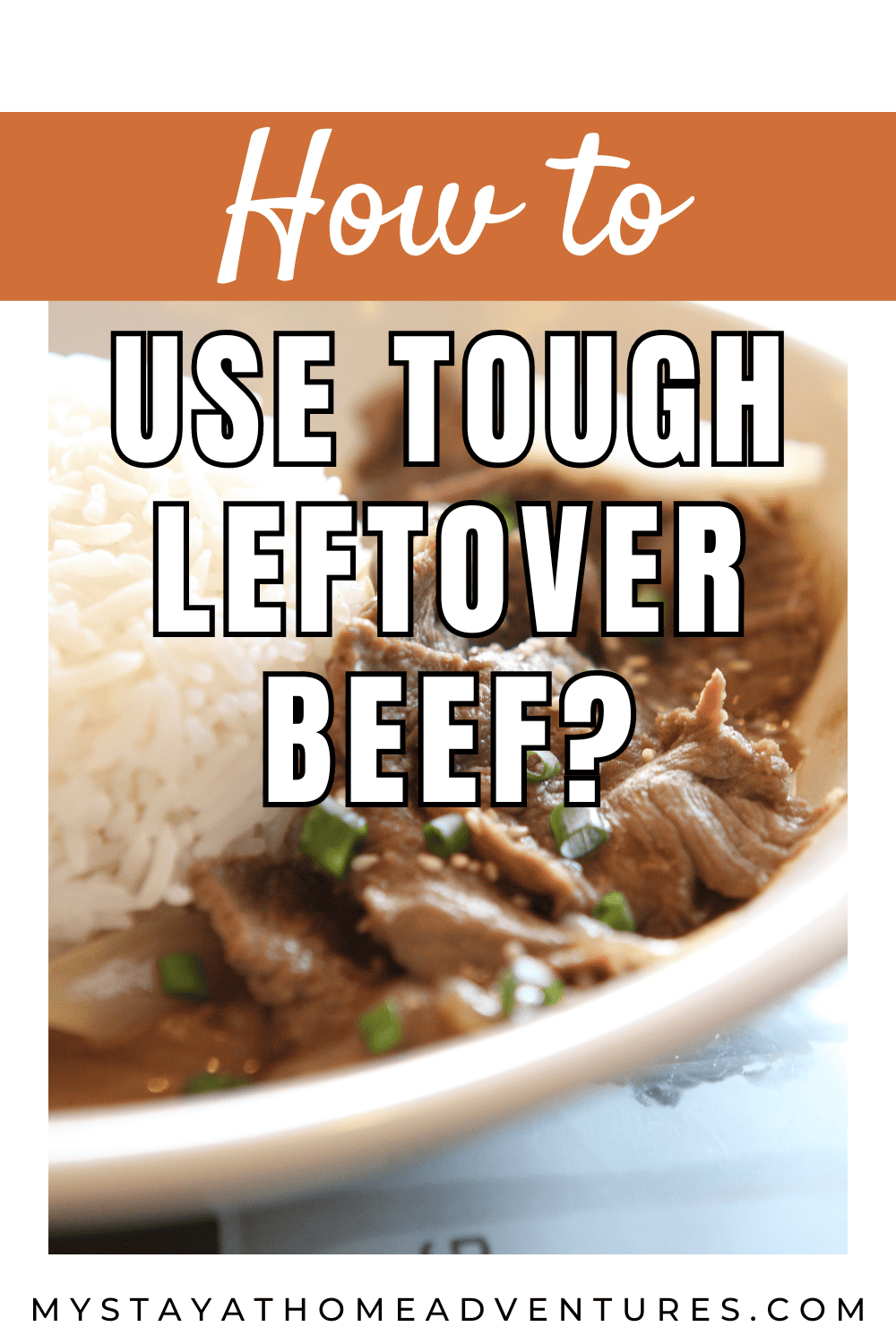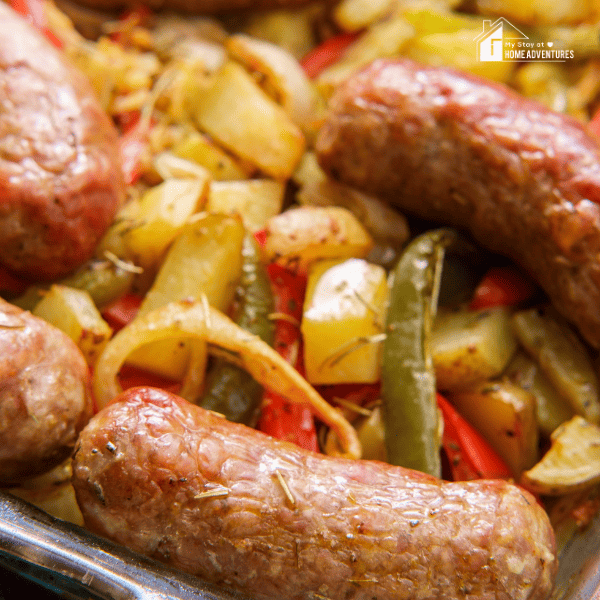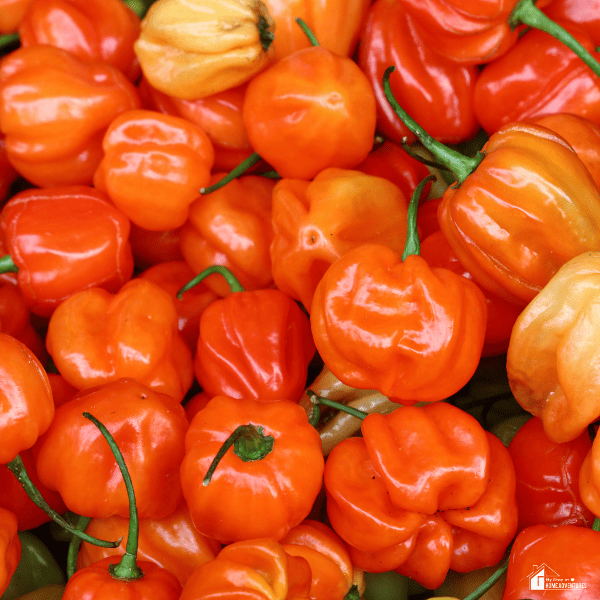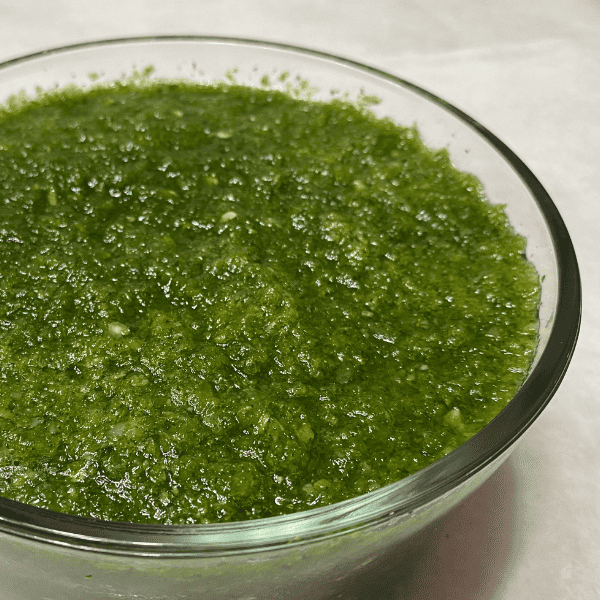How Do You Use Tough Leftover Beef?
This post may contain affiliate links which might earn us money. Please read my Disclosure and Privacy policies hereTough leftover beef can often be a challenge to repurpose into a delicious meal. However, with the right techniques and recipes, you can transform these tough cuts of beef into tender, flavorful dishes. Using methods such as braising, marinating, stir-frying, and slow cooking can help break down the tough fibers and enhance the taste of the meat.
I will show you these methods in detail and provide step-by-step guides, effective marinades, and delicious recipes to help you make the most of your tough leftover beef.
So, let's dive in and discover how you can turn these leftovers into mouthwatering dishes!
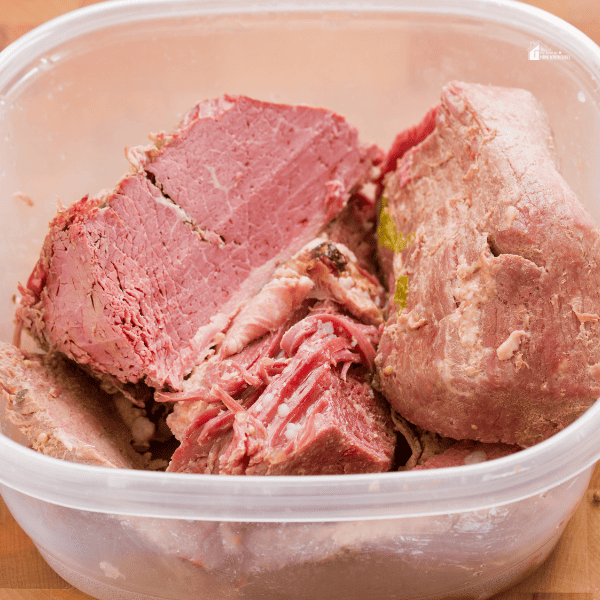
Tough leftover beef
When it comes to tough leftover beef, there are various methods that can transform it into delicious meals. Braising is a technique that involves slow-cooking the beef in liquid to tenderize it. Marinating is another method that can improve the texture and flavor of tough beef by soaking it in a flavorful mixture. Stir-frying is a quick and delicious way to turn tough beef into a flavorful dish. And lastly, slow cooking allows the beef to become tender and flavorful. Using these methods, you can repurpose tough leftover beef into mouthwatering creations.
| Method | Description |
|---|---|
| Slow Cooking | Utilizing low heat over an extended period, this method tenderizes tough beef, allowing the flavors to meld for a rich, succulent result. |
| Oven Braising | Slow-cooking beef in a covered pot or Dutch oven in the oven, infusing it with aromatic flavors and yielding tender, melt-in-your-mouth meat. |
| Stovetop Braising | Simmering beef in a flavorful liquid on the stovetop, resulting in moist, fork-tender meat imbued with the essence of the braising liquid. |
| Stir-Frying | Quickly cooking small pieces of beef over high heat with vegetables and seasonings, preserving its tenderness and imparting bold, vibrant flavors. |
Properly utilizing leftovers
Properly utilizing leftovers, particularly tough leftover beef, is not only a great way to reduce food waste but also an opportunity to create delicious and satisfying meals. Using innovative methods such as braising, marinating, stir-frying, or slow cooking, tough leftover beef can transform into tender and flavorsome dishes. Not only does this save time and money, it also allows for creativity in the kitchen and provides a chance to experiment with different flavors and ingredients. By making the most of leftovers, we can reduce our environmental impact and enjoy tasty meals simultaneously.

Braising Method
Braising is a fantastic method for transforming tough leftover beef into tender and succulent dishes. With this technique, the beef is first seared in a hot pan to create a flavorful crust, and then it is simmered in a liquid over low heat for a long period of time. This slow cooking process helps to break down the tough fibers and infuse the meat with the flavors of the braising liquid. Whether it's a rich beef stew, a comforting pot roast, or a flavorful curry, braising is a great way to make the most of your tough leftover beef.
Braising as a technique for tenderizing tough beef leftovers
Braising is a tried-and-true method for transforming tough beef leftovers into tender and flavorful dishes. By simmering the beef in a liquid over low heat for an extended period of time, the tough fibers break down, resulting in melt-in-your-mouth meat.
The liquid used for braising can be anything from beef broth to red wine or even apple juice, depending on the desired flavor profile. This slow cooking process allows the beef to absorb the flavors of the braising liquid, creating a deliciously tender and moist dish.
So, next time you have tough leftover beef, give braising a try and experience the magic of this technique.
Step-by-step guide for braising tough leftover beef
- Start by seasoning the tough leftover beef with salt, pepper, and any desired herbs or spices.
- Heat a tablespoon of oil in a large pot or Dutch oven over high heat.
- Once the oil is hot, add the beef and sear on all sides until it develops a golden crust.
- Remove the beef from the pot and set aside.
- In the same pot, add any desired aromatics like onions, garlic, or carrots and cook until softened.
- Add the beef back into the pot and pour in a liquid of your choice (beef broth, red wine, etc.) until it covers about two-thirds of the beef.
- Bring the liquid to a boil, then reduce the heat to low and cover the pot.
- Let the beef simmer for at least 2-3 hours, until it is tender and easily shreds with a fork.
- Once done, remove the beef from the pot and shred it using two forks.
- Serve on its own or use in a variety of dishes like tacos, sandwiches, or rice bowls.
Braising leftover tough beef in the oven
Braising can also be done in the oven, which allows for even cooking and hands-free preparation. To braise leftover tough beef in the oven, follow these steps:
- Preheat your oven to 300°F (150°C).
- Follow steps 1-6 from the stovetop braising method listed above.
- Once the liquid comes to a boil, cover the pot with a lid or foil and place it in the oven.
- Let the beef braise for 3-4 hours, checking occasionally to ensure enough liquid and adjusting the temperature if needed.
- Once done, remove the beef from the oven and shred it using two forks.
- Serve as desired.
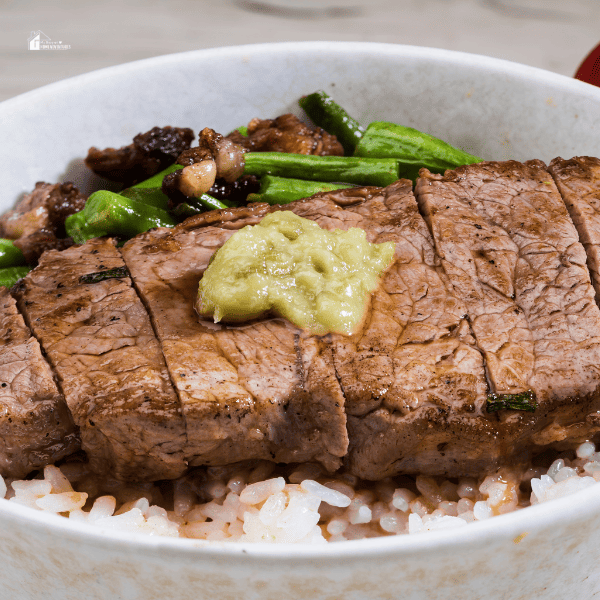
Marinating Method
Marinating is a fantastic method for transforming tough leftover beef into a tender and flavorful dish. By marinating the beef, you can improve its texture and infuse it with delicious flavors. The process involves soaking the beef in a mixture of your choice, such as a combination of herbs, spices, and acidic ingredients like vinegar or citrus juice.
The acidic components help break down the toughness of the meat, resulting in a more tender and succulent final product. After marinating, you can grill, broil, or pan-sear the beef to create a delicious meal. Get creative with your marinades and experiment with different flavors to elevate your tough leftover beef.
Effective marinades for tough leftover beef
When it comes to marinating tough leftover beef, you have a wide range of options to choose from. Here are some effective marinades that can transform your beef into a tender and flavorful dish:
- Soy sauce and ginger marinade: The combination of soy sauce and ginger adds a savory and slightly spicy flavor that complements the beef well.
- Italian herb marinade: A mixture of olive oil, garlic, dried herbs like rosemary and thyme, and a splash of balsamic vinegar can infuse the beef with rich Mediterranean flavors.
- Asian-inspired marinade: Combine soy sauce, sesame oil, honey, and rice vinegar to give your beef a sweet and tangy taste with an Asian twist.
- Mexican-inspired marinade: Mix lime juice, cumin, chili powder, and garlic powder to add a zesty and smoky flavor to your beef.
Remember to marinate the beef for at least 2 hours or overnight for maximum flavor penetration.
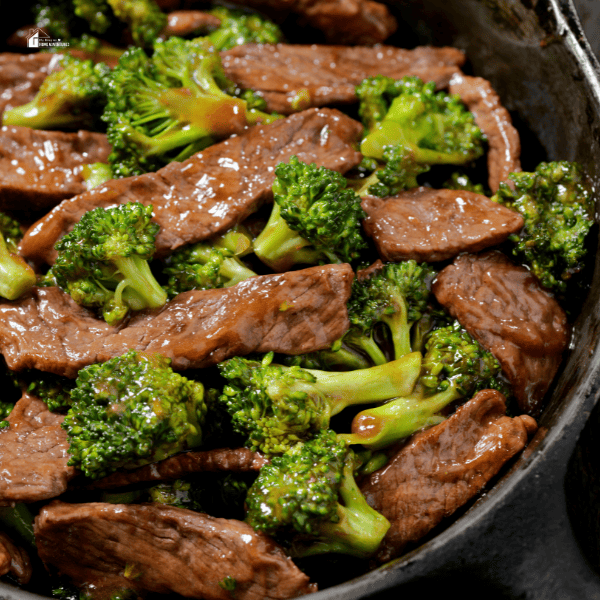
Stir-Fry Method
Stir-frying is another excellent way to make the most of tough leftover beef. This popular Asian cooking technique involves quickly frying small pieces of meat and vegetables in a hot pan or wok, with constant stirring and tossing. The high heat and quick cooking time help to tenderize the beef while also preserving its juiciness and flavor. Whether it's a classic stir-fry with vegetables or a noodle dish, stir-frying is a versatile and delicious way to use up your tough leftover beef.
Tips for stir-frying with tough leftover beef
- Cut the beef into small, thin slices for quick and even cooking.
- Preheat your pan or wok and add oil before adding the beef. The high heat will help to sear the meat and prevent it from becoming tough.
- Stir-fry the beef for 2-3 minutes, until it is no longer pink but still tender.
- Remove the beef from the pan and set aside before adding in any vegetables or other ingredients.
- Once all the components are cooked, add the beef back into the pan and toss everything together for a minute or two to combine all the flavors.
- Serve immediately over rice, noodles, or in a lettuce wrap for a delicious and satisfying meal.
Slow Cooking Method
The slow-cooking method is a great way to tenderize and enhance the taste of tough beef leftovers. By cooking the meat slowly in a sauce or gravy, it allows the flavors to meld together while softening up the meat. To utilize this method, start by taking out the beef and straining the cooking liquid.
Remove any excess fat from the liquid and pour it back over the meat to cover it. Cook on low heat for an additional hour until the meat becomes tender and falls apart easily. This method of repurposing tough beef leftovers will result in a delicious and flavorful meal.
Tips for Slow-cooking with tough leftover beef
- Use a slow cooker or crockpot to save time and effort.
- Add in additional vegetables, such as potatoes, carrots, and onions, for added flavor and texture.
- Experiment with different sauces and seasonings to change up the flavor profile of your dish.
- Serve over rice, mashed potatoes, or noodles for a satisfying meal.
Delicious Recipes Using Tough Leftover Beef
Now that you know how to repurpose tough leftover beef, here are some delicious recipes that you can try at home:
- Asian Beef and Broccoli Stir-Fry: This classic stir-fry dish combines tender beef with crunchy broccoli and a flavorful sauce for a delicious and healthy meal.
- Slow Cooker Beef Stew: Use your slow-cooking skills to create this hearty and comforting dish, perfect for a chilly day.
- Marinated Beef Kebabs: These juicy and flavorful kebabs are great for grilling season and can be served over rice or in a pita.
- Braised Beef Tacos: Use your leftover braised beef to create these tasty tacos with all the toppings you desire.
So there you have it – four different methods for transforming tough leftover beef into a delicious and satisfying meal. With a little creativity and some basic cooking techniques, you can turn your leftovers into something new and exciting. Don't let tough beef go to waste, give these methods a try and see for yourself how delicious they can be! Remember to always follow food safety guidelines when handling and storing leftover meat.
